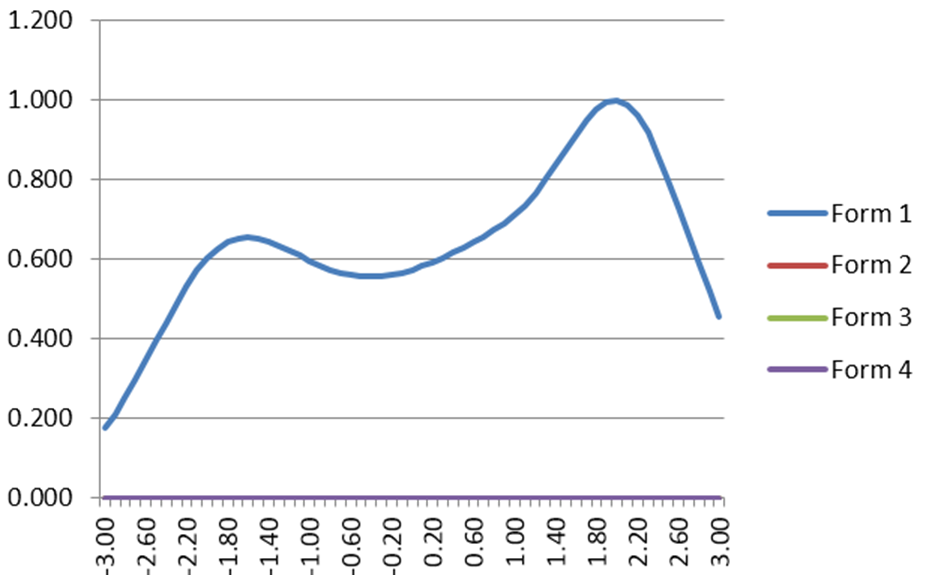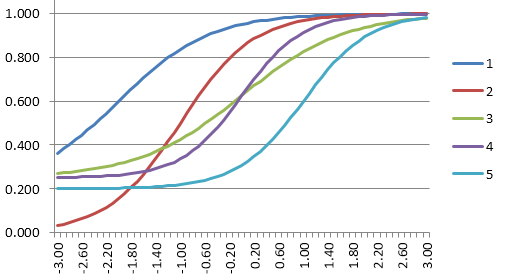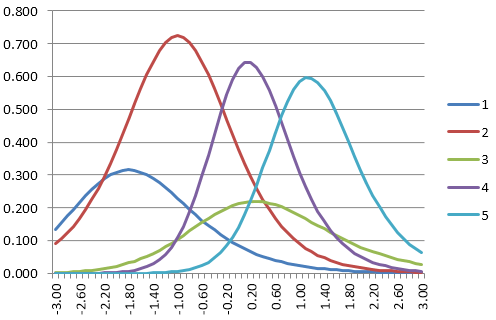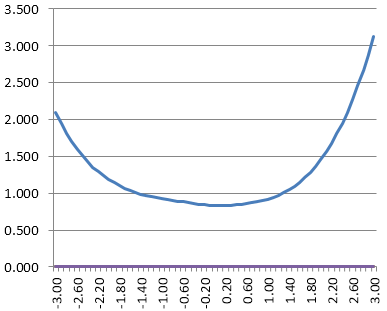La seguridad y validez de las pruebas y exámenes en línea son extremadamente importantes. La pandemia COVID-19 está cambiando drásticamente todos los aspectos de nuestro mundo, y una de las áreas más afectadas es la evaluación educativa y otros tipos de evaluación. Muchas organizaciones aún realizaban pruebas con metodologías de hace 50 años, como colocar a 200 examinados en una sala grande con escritorios, exámenes en papel y un lápiz. COVID-19 está obligando a muchas organizaciones a dar un giro, lo que brinda la oportunidad de modernizar las evaluaciones.
Pero, ¿cómo podemos mantener la seguridad en la evaluación, y por lo tanto la validez, a través de estos cambios? A continuación, presentamos algunas sugerencias, las cuales se pueden implementar fácilmente en las plataformas de evaluación de ASC, líderes en la industria. Comience registrándose para obtener una cuenta gratuita en https://assess.com/assess-ai/.
Verdadera banca de ítems con acceso a contenido
Una buena evaluación en línea comienza con buenos ítems. Si bien los Sistemas de Gestión del Aprendizaje (LMS) y otras plataformas que no son realmente de evaluación incluyen algunas funciones de creación de ítems, por lo general no cumplen con los requisitos básicos para una verdadera banca de ítems. Existen prácticas recomendadas con respecto a la banca de ítems que son estándar en las organizaciones de evaluación a gran escala (p. Ej., Los Departamentos de Educación de Estado en EE. UU.), pero son sorprendentemente raras para los exámenes de certificación / licencia profesional, universidades y otras organizaciones. A continuación, se muestran algunos ejemplos.
• Los ítems son reutilizables (no es necesario cargarlos para cada prueba en la que se utilicen)
• Seguimiento de la versión del ítem
• Seguimiento y auditorías de edición hecha por usuarios
• Controles de contenido de autor (los profesores de matemáticas solo pueden ver elementos de matemáticas)
• Almacenar metadatos como parámetros de la Teoría de Respuesta al Ítem (TRI) y estadísticas clásicas
• Seguimiento del uso de ítems en las pruebas
• Flujo de trabajo de revisión de ítems
Acceso basado en roles
Todos los usuarios deben estar limitados por roles, como Autor del ítem, Revisor del Ítem, Editor de Pruebas y Administrador de Examinados. Entonces, por ejemplo, es posible que alguien a cargo de administrar la lista de examinados / estudiantes nunca vea ninguna pregunta del examen.
Análisis forense de datos
Hay muchas formas de analizar los resultados de tu prueba para buscar posibles amenazas de seguridad / validez. Nuestro software SIFT proporciona una plataforma de software gratuita para ayudarte a implementar esta metodología moderna. Puedes evaluar los índices de colusión, que cuantifican qué tan similares son las respuestas para cualquier par de examinados. También puedes evaluar los tiempos de respuesta, el rendimiento del grupo y las estadísticas acumuladas.
Aleatorización
Cuando las pruebas se entregan en línea, debe tener la opción de aleatorizar el orden de los ítems y también el orden de las respuestas. Al imprimir en papel, debe haber una opción para aleatorizar el orden. Pero, por supuesto, está mucho más limitado respecto a esto cuando se usa papel.
Prueba lineal sobre la marcha (LOFT)
LOFT creará una prueba aleatoria única para cada examinado. Por ejemplo, puedes tener un grupo de 300 ítems distribuidos en 4 dominios, y cada examinado recibirá 100 ítems con 25 de cada dominio. Esto aumenta enormemente la seguridad.
Pruebas adaptativas computarizadas (CAT)
CAT lleva la personalización aún más lejos y adapta la dificultad del examen y el número de ítems que ve cada alumno, en base a ciertos algoritmos y objetivos psicométricos. Esto hace que la prueba sea extremadamente segura.
Navegador bloqueado
¿Quieres asegurarte de que el alumno no pueda navegar en busca de respuestas o tomar capturas de pantalla de ítems? Necesitas un navegador bloqueado. Las plataformas de evaluación de ASC, Assess.ai y FastTest, vienen con esto listo para usar y sin costo adicional.
Códigos de prueba para examinados
¿Quieres asegurarte de que la persona adecuada realice el examen adecuado? Genera contraseñas únicas de un solo uso para que las entregue un supervisor después de la verificación de identidad. Esto es especialmente útil en la supervisión remota; el estudiante nunca recibe ninguna información antes del examen sobre cómo ingresar, excepto para iniciar la sesión de supervisión virtual. Una vez que el supervisor verifica la identidad del examinado le proporciona la contraseña única de un solo uso.
Códigos de supervisor
¿Quieres un paso adicional en el procedimiento de inicio de la prueba? Una vez que se verifica la identidad de un estudiante e ingresa su código, el supervisor también debe ingresar una contraseña diferente que sea exclusiva para él ese día.
Ventanas de fecha / hora
¿Quieres evitar que los examinados ingresen temprano o tarde? Configura una ventana de tiempo específica, como el viernes de 9 a 12 am.
Supervisión basada en IA (Inteligencia Artificial)
Este nivel de supervisión es relativamente económico, y hace un gran trabajo validando los resultados de un examinado individual. Sin embargo, no protege la propiedad intelectual de las preguntas de tu examen. Si un examinado roba todas las preguntas, no lo sabrás de inmediato. Por lo tanto, es muy útil para exámenes de nivel bajo o medio, pero no tan útil para exámenes de alto riesgo como certificaciones o licenciaturas. Obtenga más información sobre nuestras opciones de supervisión remota. También te recomiendo esta publicación de blog para obtener una descripción general de la industria de supervisión remota.
Supervisión pruebas en línea en tiempo real
Si no puedes asistir a los centros de pruebas en persona debido a COVID, esta es la siguiente mejor opción. Los supervisores en vivo pueden registrar al candidato, verificar la identidad e implementar todas las demás cosas anteriores. Además, pueden verificar el entorno del examinado y detener el examen si ven que el examinado roba preguntas u otros problemas importantes. MonitorEDU es un gran ejemplo de esto.
¿Cómo puedo empezar?
¿Necesitas ayuda para implementar algunas de estas medidas? ¿O simplemente quieres hablar sobre las posibilidades? Envía un correo electrónico a ASC a solutions@assess.com.

















